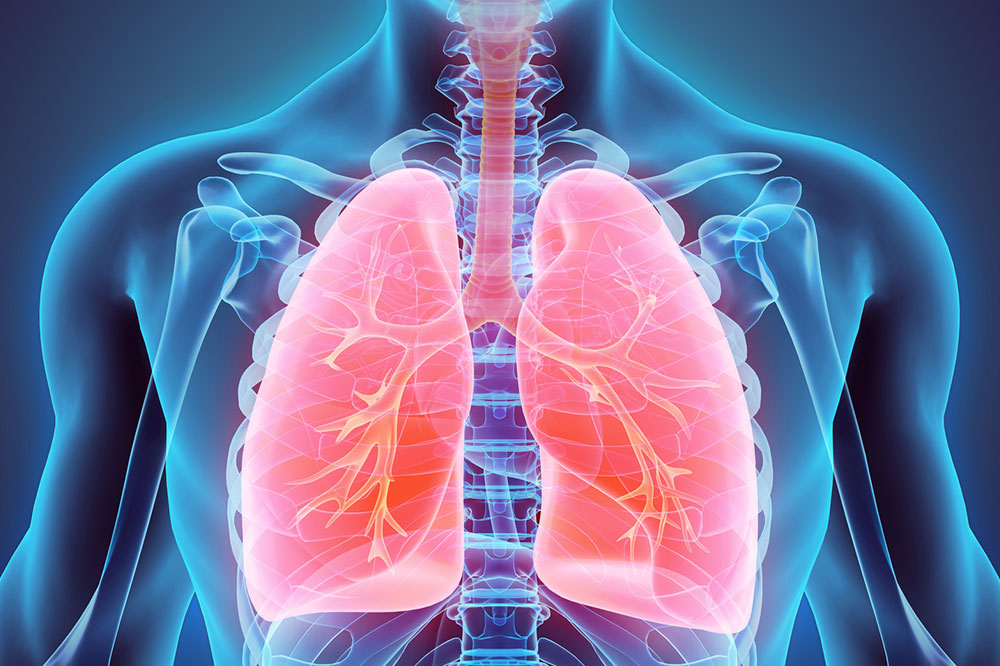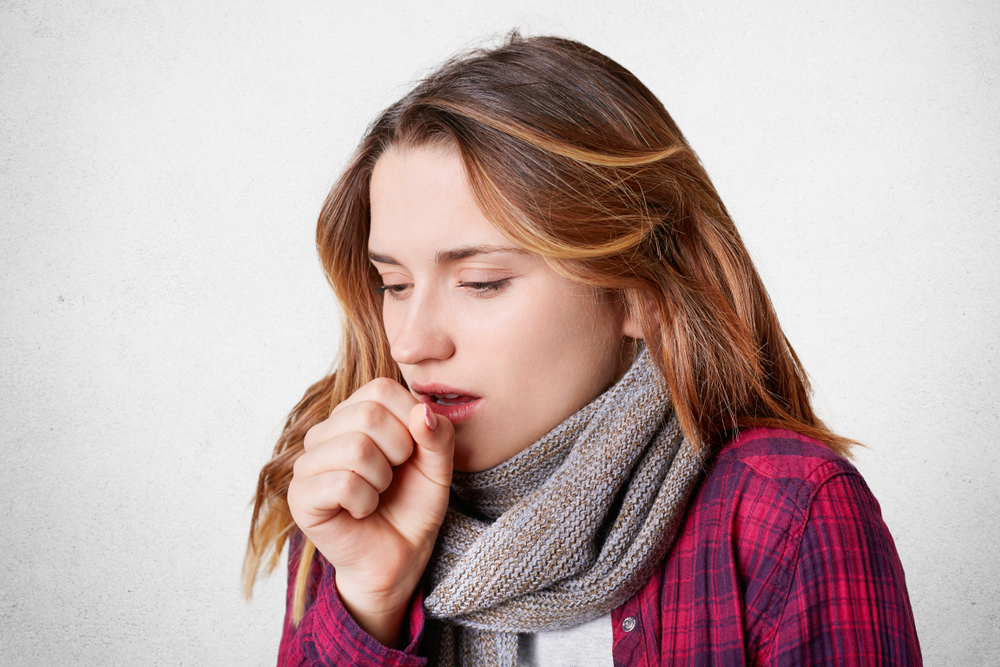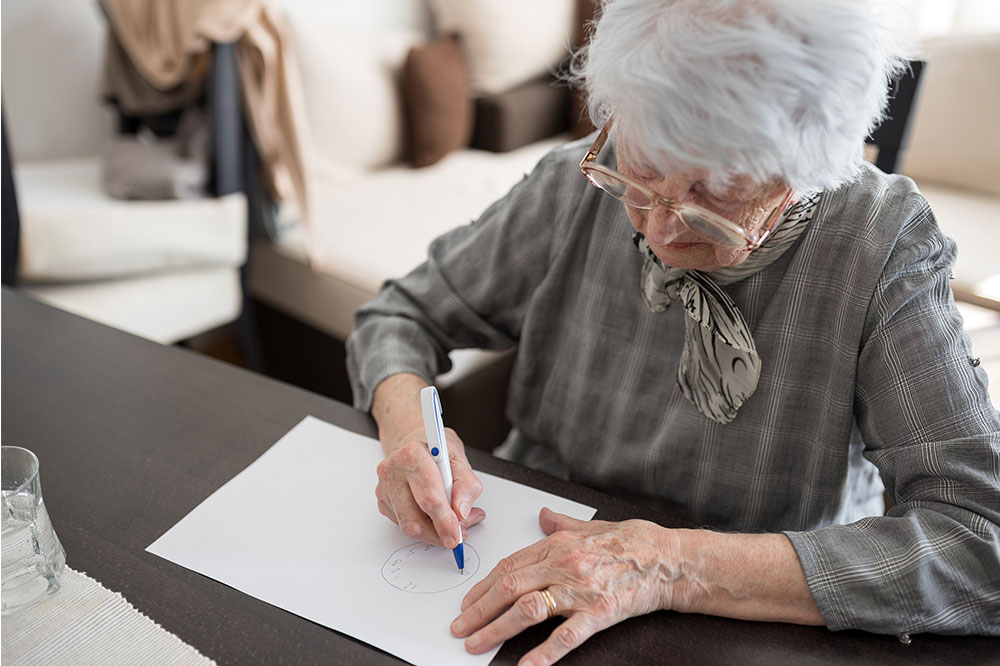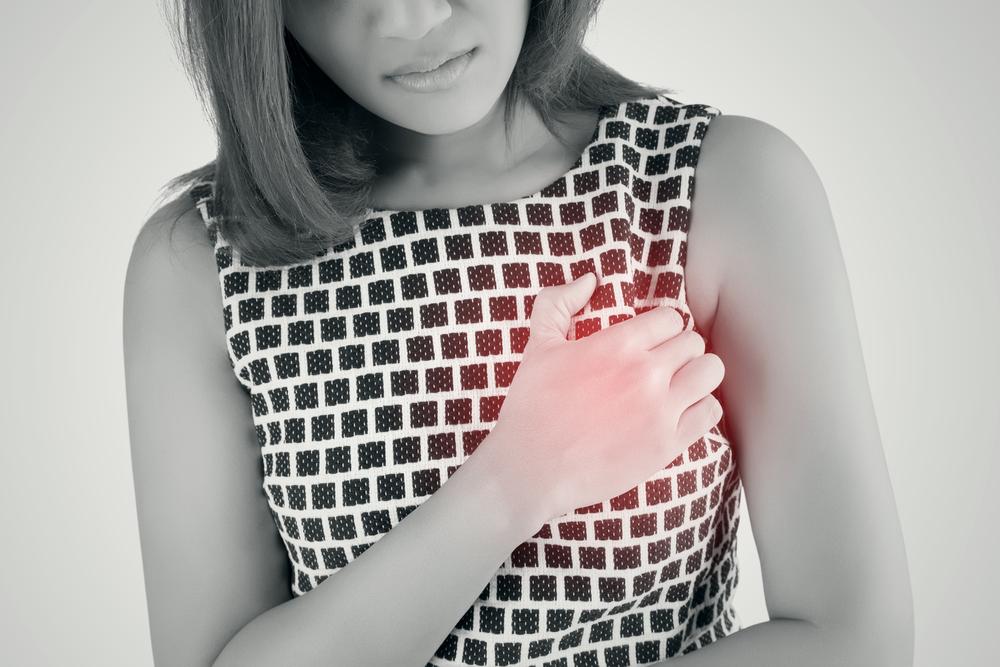Comprehensive Guide to Skin Cancer: Causes, Signs, and Prevention
This comprehensive overview explores skin cancer's causes, signs, risk factors, and treatments. It emphasizes prevention strategies, highlighting the importance of sun protection and early detection to combat this common disease effectively. Understanding these elements can help individuals reduce their risk and seek timely medical care.

Understanding Skin Cancer: Causes, Symptoms, and Prevention
Skin cancer involves abnormal growth of skin cells and is classified into three main types. The most prevalent form is basal cell carcinoma, followed by squamous cell carcinoma. The most dangerous but least common is melanoma. Additional rare types include Merkel cell carcinoma, kaposi sarcoma, and others affecting skin structures and tissues.
Causes: Mutations in skin cell DNA primarily cause skin cancer, often triggered by ultraviolet (UV) radiation from sunlight or tanning beds. Damage can also occur independently of UV exposure, especially in cases of compromised immunity.
UV radiation damages skin DNA, leading to mutations. Risk factors include excessive sunburns, fair skin, light hair and eyes, freckles, living in sunny or high-altitude areas, family history, exposure to arsenic or radiation, irregular moles, and certain viral infections. A weakened immune system can also increase vulnerability.
Signs: Symptoms vary across types. Basal cell carcinoma may appear as shiny bumps or flat brown patches. Squamous cell carcinoma manifests as scaly or reddish nodules. Melanoma often looks like irregular dark moles or spots that change in size or color. Kaposi sarcoma shows as purple or red spots, while Merkel cell carcinoma appears as shiny bumps. Any unusual skin growth should raise concern.
Prevention & Treatment: Treatments include surgery, radiation, topical medications, cryosurgery, and laser therapy. Preventive measures like sun protection and avoiding UV overexposure can significantly reduce risk.
Note: Our articles aim to provide useful insights across various topics. While research-based, they are not definitive medical advice. Always consult healthcare professionals for diagnosis and treatment options.










